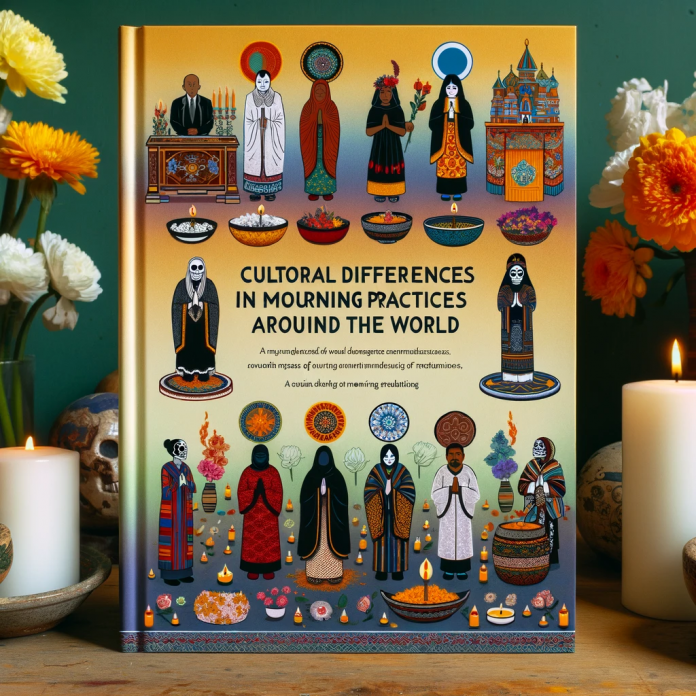Death is a universal experience, yet the way we mourn and commemorate the departed varies greatly across cultures. From the quiet, somber funerals of the West to the vibrant, celebratory rituals of Africa, mourning practices reflect the diverse beliefs, traditions, and values of societies around the world. This exploration of global mourning practices offers a glimpse into the rich tapestry of human culture and the myriad ways we express grief and honor the dead.
Mourning Practices in Asia
In many Asian cultures, death is seen not as an end, but a transition to another realm or state of existence. This belief is reflected in their mourning practices, which often involve elaborate rituals to guide and support the deceased in their journey.
China: Ancestor Worship and Mourning Clothes
In China, mourning is deeply rooted in the tradition of ancestor worship. Families hold elaborate funerals to honor the deceased and ensure their peaceful transition to the afterlife. Mourning clothes, usually made of coarse sackcloth, are worn as a sign of respect and grief. The mourning period can last up to three years, with various rituals performed at specific intervals to commemorate the departed.
Japan: Buddhist Rituals and Memorial Services
Japanese mourning practices are heavily influenced by Buddhism. The funeral service, typically led by a Buddhist priest, includes chanting sutras and offering food to the deceased. Following the funeral, memorial services known as "hōji" are held at regular intervals for up to 33 years to honor the deceased and ease their passage into the afterlife.
Mourning Practices in Africa
African mourning practices are as diverse as the continent itself, reflecting a wide range of beliefs about death and the afterlife. However, a common thread is the emphasis on community involvement and the celebration of the deceased's life.
Ghana: Colorful Coffins and Dancing Funerals
In Ghana, funerals are vibrant, festive events that celebrate the life of the deceased. Coffins are often brightly painted and shaped to represent the deceased's profession or passion. The funeral ceremony involves music, dancing, and feasting, with the entire community participating in the mourning process.
South Africa: Night Vigils and Animal Sacrifices
In many South African cultures, the mourning period begins with a night vigil, where family and friends gather to sing, pray, and share stories about the deceased. Animal sacrifices may be performed to honor the deceased and appease the ancestral spirits. The mourning period typically lasts a year, culminating in a ceremony to mark the end of mourning and reintegrate the bereaved into normal social life.
Mourning Practices in the Americas
The mourning practices of the Americas are shaped by a mix of indigenous, African, and European influences, resulting in a rich diversity of death rituals and customs.
United States: Funerals and Memorial Services
In the United States, mourning practices are often influenced by religious beliefs. Christian funerals typically involve a service with prayers, hymns, and a eulogy, followed by a burial or cremation. Memorial services, either in place of or in addition to a funeral, provide an opportunity for family and friends to gather and remember the deceased.
Mexico: Day of the Dead
In Mexico, the Day of the Dead (Día de los Muertos) is a time to remember and celebrate deceased loved ones. Families create colorful altars adorned with flowers, candles, and the favorite foods and belongings of the deceased. The celebration, which combines indigenous and Catholic traditions, is a joyful affirmation of life and death as part of the natural cycle of existence.
Conclusion
From the quiet reflection of Japanese Buddhist rituals to the lively celebrations of Ghanaian funerals, mourning practices around the world offer a fascinating insight into cultural beliefs and values. While these practices may differ, they all serve the same fundamental purpose: to honor the deceased, comfort the living, and affirm the enduring cycle of life and death.


-banner.png)





